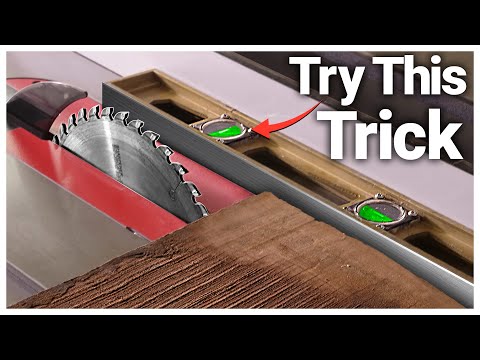How to break up a section of a roof into equal intervals quickly and accurately
In this video, a 35-year old building needs a new tile roof. They'll remove the existing tile, prep the deck, and replace with tile over battens for better ventilation and drying potential.
The roof is broad but simple and so, is an excellent one to use as an example for basic roof tile layout.
One goal is to make sure the lines, the butt edges of the tile align on all sides. The distance from the gutter to the ridge is the same on every slope, so that will make a consistent layout a lot easier.
Begin at the bottom and top
Drip edge flashing extends about 12 inches under the underlayment. This flashing bridges the joint between fascia and roof deck, therefore protecting it from water damage.
First two things to consider: Where does the bottom row set and where does the top row set?
The first chalk line established where the batten will be installed. The tile sits on top of the batten, with the lug of the tile sitting above the batten. Measure from the lug to the slot where the eave riser metal would rest. In this case, that number is 15-inches, so snap a line there.
Snap the line and fasten the batten before doing any more layout.
They decided to hold the top of the tile two-inches below the headwall to allow for ventilation.
Fill in between the top and bottom rows of roofing tile
The top and bottom of the roof established the layout trick is to figure out the exposure for each row.
One way to do this is to use the chart on the box of tile. Measure the total amount of space between the two lines and plug that number into the layout chart that comes with the tile. In this case, there are 137-1/2 inches between the lines, so that chart says the exposure is 13.75 inches.
Another way to figure out the exposure is to use the swing tape method using tile layout tape (available at tileroofing.org). Tile layout tape has an arrow every 14 inches, which is the recommended exposure of the tile in this video.
- Nail the first red arrow to the lower batten.
- Stretch the tape up the roof.
- At the top, the tape is two inches too long (because the roof was not framed with tile in mind), so swing the tape to the side until the top arrow aligns with the batten. Nail it to the top batten.
- Add another fastener in the middle of the tape, to reduce wind clatter.
- Repeat this process at the opposite end of the roof.
- Snap lines on each set of arrows on the layout tape.
To recap, choose a starting point at the eave and an ending point at the ridge based on the needs of that particular roof.
Figure out the exposure between those lines with a table from the manufacturer, or a swing tape method, where you swing a tape measure or roofing layout tape to the side until top and bottom marks align with the marks that you've chosen on the roof.
Snap lines and get to roofing!
—This video is from the TileRoofing Institute's YouTube channel. Tile Roofing Institute is a non-profit association of concrete and clay roof tile producers.











